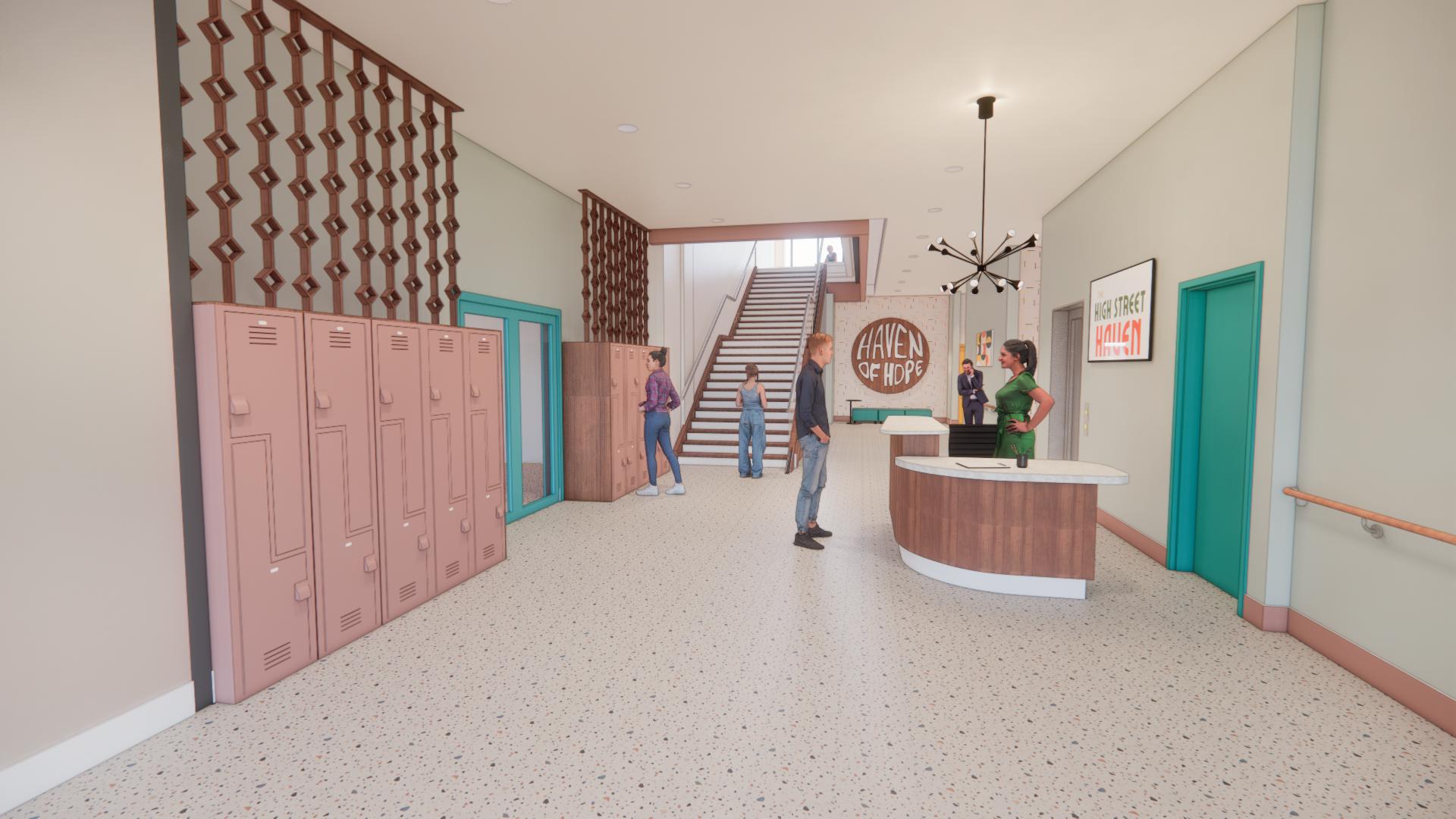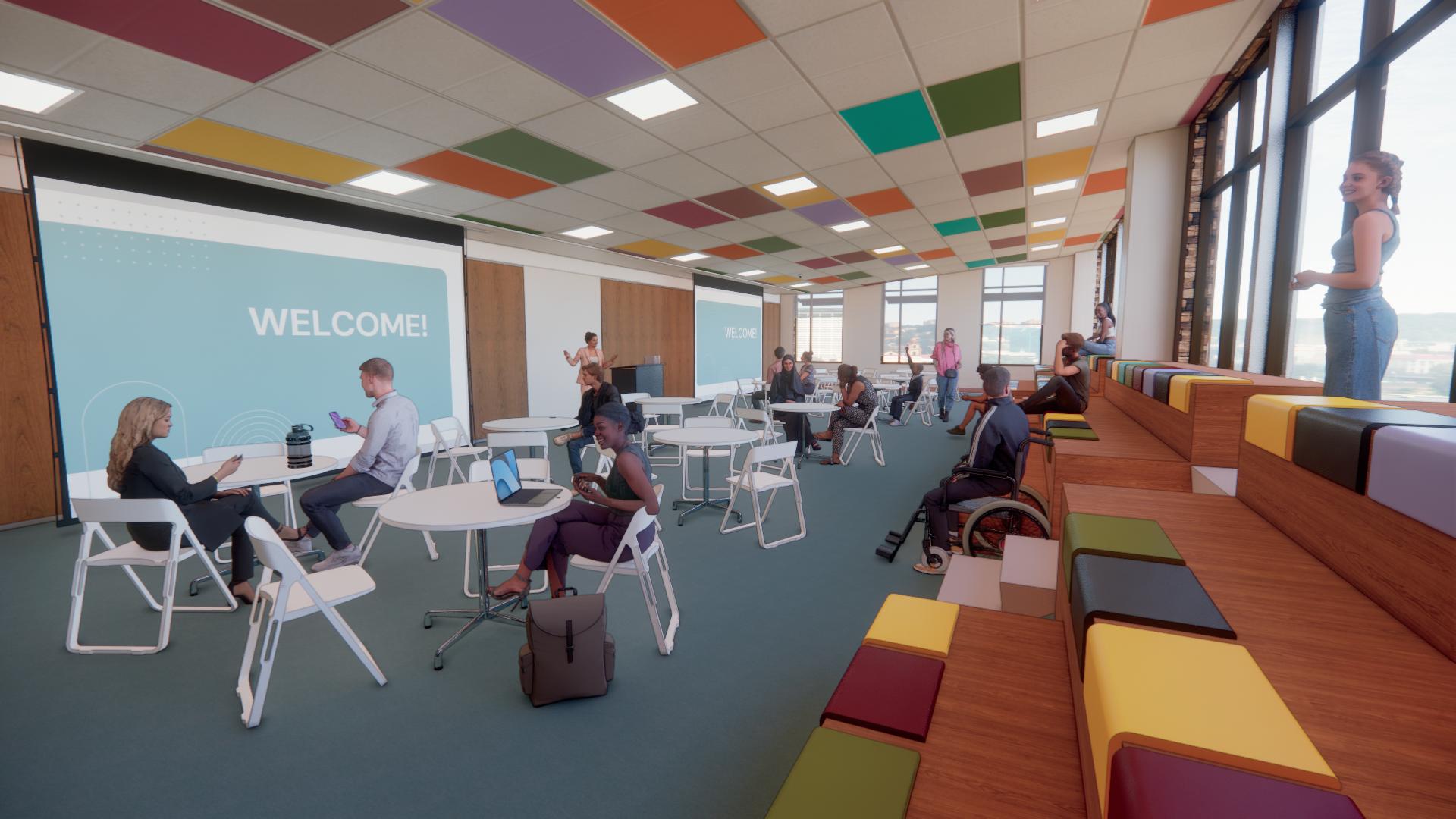
1 minute read
UNIVERSAL DESIGN FOR LEARNING
Universal Design for Learning (UDL) is a framework to improve and optimize teaching and learning for all people based on scientific insights into how humans learn. (Inclusive Education, n.d.)
It consists of Three Networks:
Advertisement
Multiple Means of Engagement
Multiple Means of Representation
Multiple Means of Action and Expression
While this system is intended for designing curriculum and learning materials, it can apply to the design of educational facilities as well.
Multiple Means of Engagement
Include a variety of seating postures (lounge, desk, stool, etc.). (Abend, 2001).
Layout classrooms in flexible groupings that provide opportunities for collaborative work with peers (HMC Architects, 2020).
Minimize environmental distractions.
Multiple Means of Representation
Present material with options for auditory, visual, and hands-on learners.
Provide adequate space for class aides and/or translators for students needing additional support.
Display necessary equations, symbols, or vocabulary in the learning space, highlighting big ideas with visual aids.
Supply classroom resources including dictionaries, calculators, and other supportive learning tools.
Access to technology, writing supplies, and interactive learning supplies.
Multiple Means of Action and Expression
Allow assistive technology and supply access to charging.
Offer students a variety of methods to demonstrate their understanding
(written or typed response, creative response, recitation).
Provide access for students to set individual goals with their teacher.







